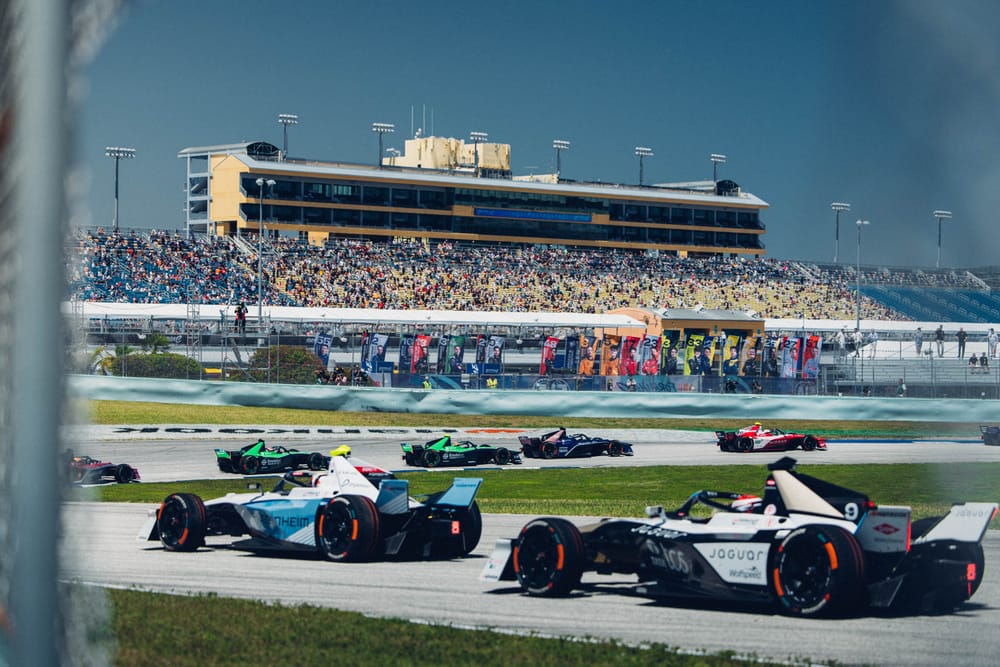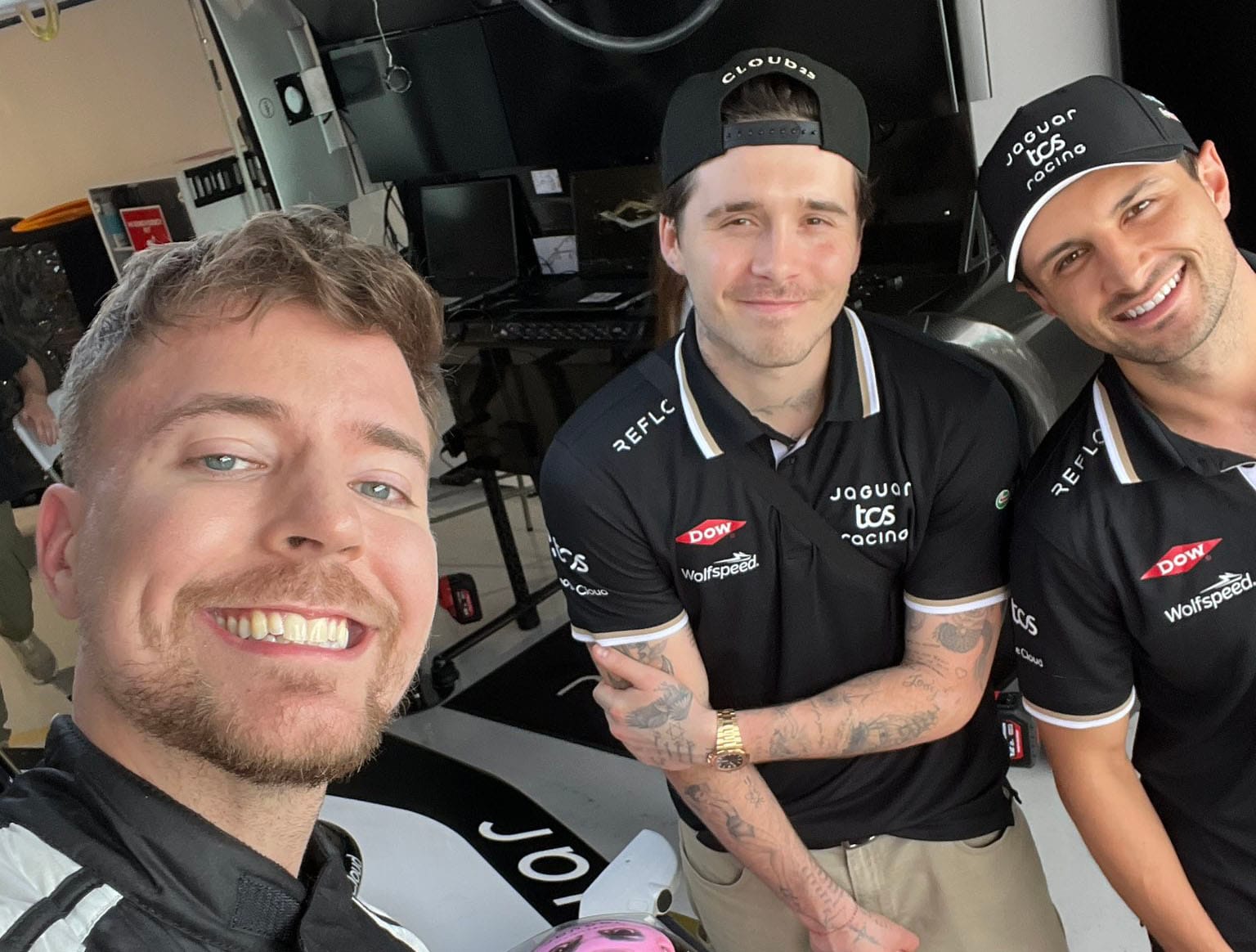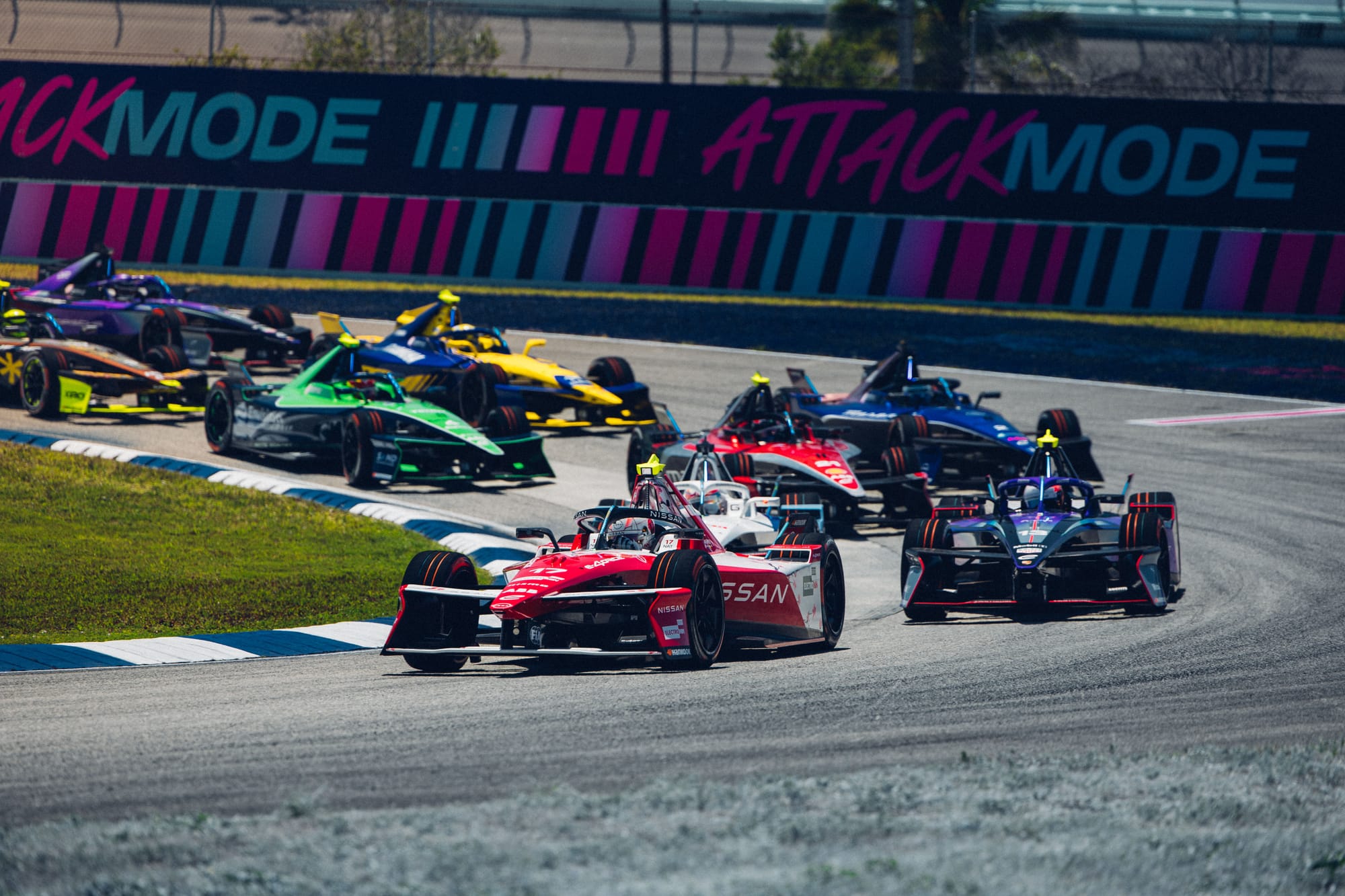The jury is still out on Formula E’s often erratic relationship with the United States after its latest venue change and Homestead Miami's debut on Saturday.
But signs of deliberation and something approaching a final verdict is starting to feel closer after recent developments have given fresh impetus to the series' American growth.
Formula E's success in the US is as vital as it's ever been because it is now owned by Liberty Media and has an expanded footprint from a teams point of view after the US-based Forest Road company acquired the former ERT team last year and turned it into Kiro, meaning it joins DS Penske and Andretti as stateside-entered squads.
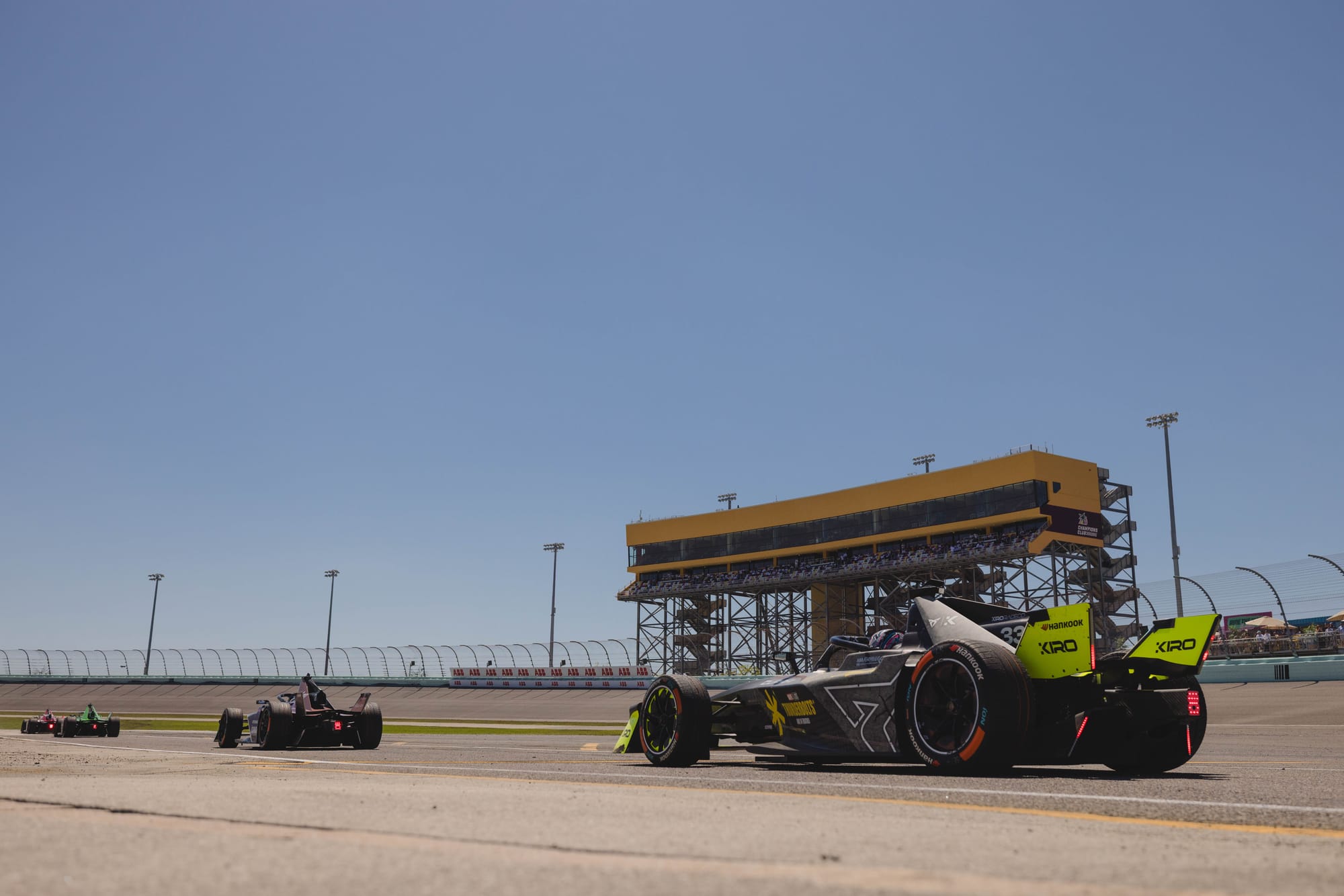
The Evo Sessions influencer race initiative and last Saturday's Miami E-Prix ran smoothly. But the reality was that this was a Homestead E-Prix, as the venue is more or less an hour south of the Floridian capital. Perhaps an Everglades E-Prix didn't quite make the cut in the actual naming of the event, who knows?
The clear objective for Formula E is to use a version of the Hard Rock Stadium venue that Formula 1 races on, as it did for the Evo Sessions. Whether that will be achieved for 2026 is still up in the air. But the relationship feels closer and warmer, so much so that Miami Grand Prix president Tyler Epp was spotted enjoying the Homestead spectacle with Formula E Operations bigwigs.
That is significant because next month Formula E will submit its 2025-26 calendar and wants to have both a downtown Miami race and another in an as-yet-undecided US city.
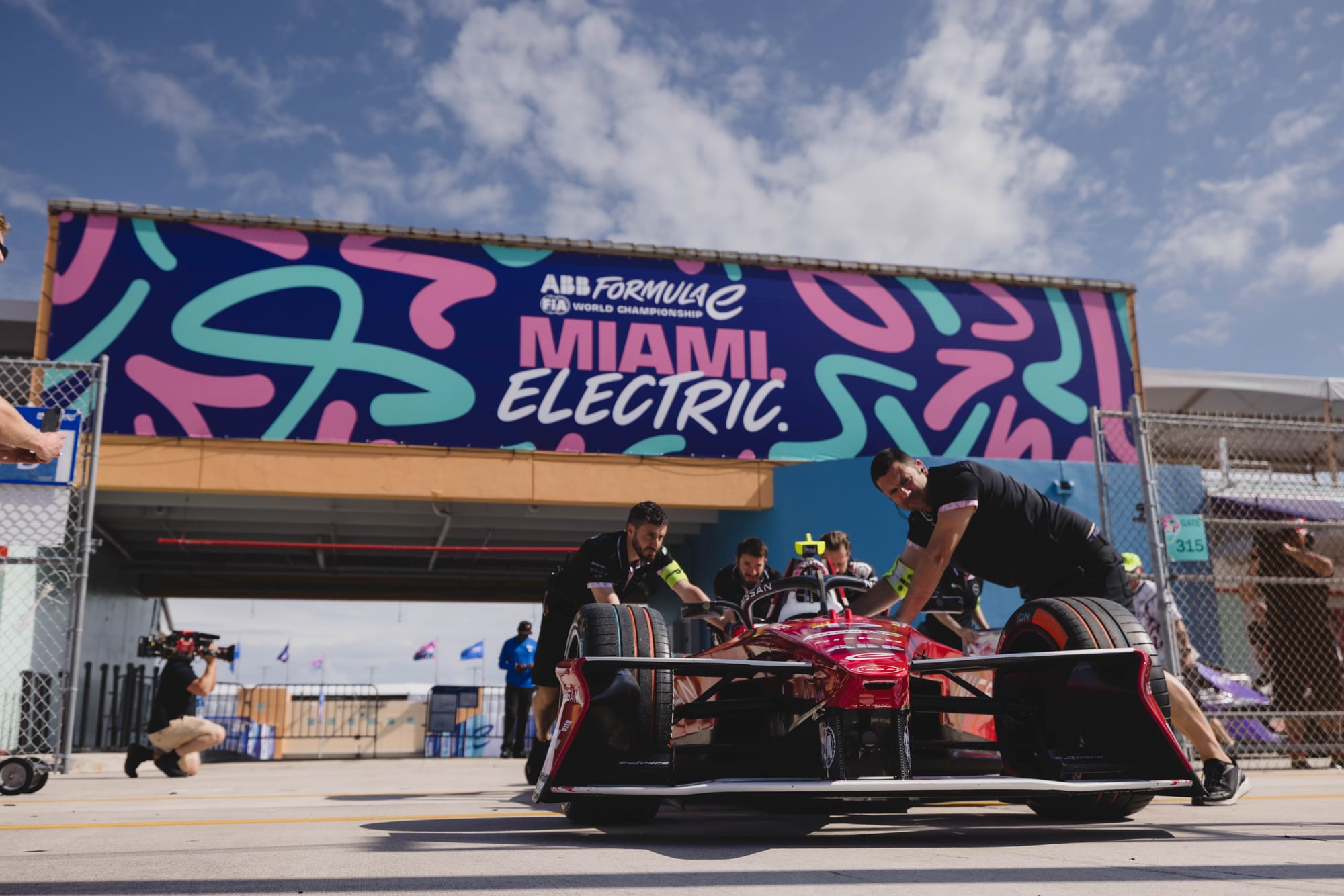
Homestead looked good last week. For a remote edifice of a venue that always struggles to get any noteworthy crowd - even for IndyCar and NASCAR in the past - the track and the branding around it was as good as could have been hoped.
The vast grandstands were filled to some extent with sponsor and partner signage but where it mattered, at the start and the podium, a throng of fans probably numbering around 3000 to 4000 cheered and hollered enthusiastically. Formula E reported a total crowd of 17,000, amid suggestions of 20,000 for last month's NASCAR Cup round there.
Formula E's nomadic American presence from Long Beach (pictured below), a previous Miami street track, New York City, Portland and now Homestead over the last decade has been one of the more fascinating calendar stories. Variety is sometimes the spice of life but in an establishing motor-racing series like Formula E, it is not always the case.
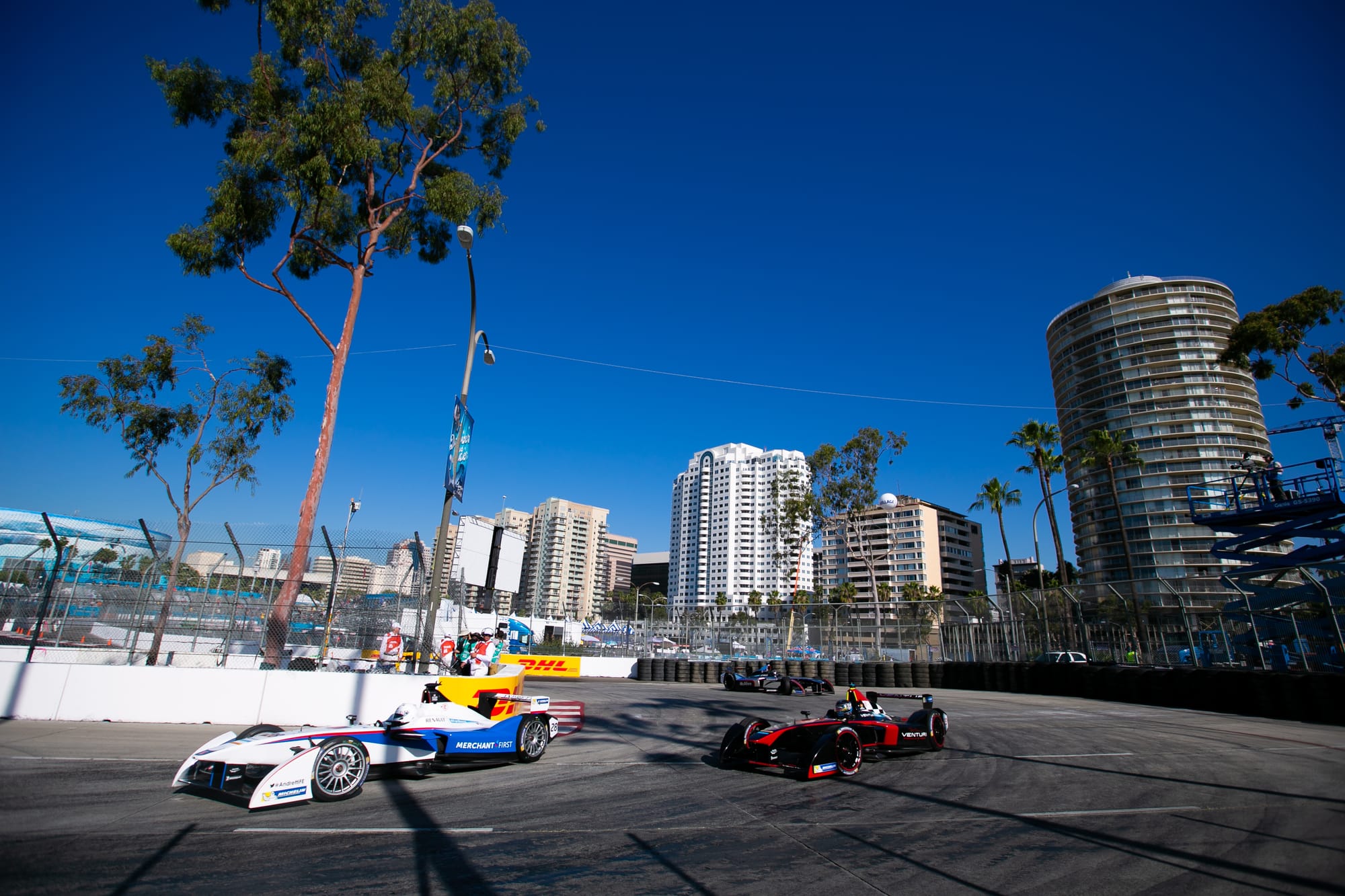
Venue and data equity on a consistent basis is what is needed, and Formula E has - Mexico City, Berlin and Monaco apart - generally struggled to put firm roots down. The reasons for that are many. Political instabilities, cost of pop-up venues, legislative complexities, the list goes on.
Back to the jury.
"It's still out, I think, on this location here," Andretti's Roger Griffiths told The Race just after his cars had finished fourth and ninth at Homestead.
"The crowd actually looked half reasonable, and I hope they enjoyed what they saw.
"I'd like to be a little bit further north into the city of Miami. I think the Homestead track has done an amazing job putting it all on. Compared to how this place looks for IndyCar or for NASCAR, it presented really, really well. A lot of that credit goes to Formula E, but also the Homestead track embraced it as well. I think there's a lot of positives that have come out."
But it's the anticipation that Formula E can join F1 around the Hard Rock Stadium venue soon that is driving the agenda now.

The Evo Sessions played its part in that according to Griffiths.
"If we managed to pull off something that, had we been racing in Thailand, would never have been on anybody's radar, then I think we're going to do it again," he said.
"What that format looks like, and where that might be, and what the next crazy idea is going to be, I have no idea. But we certainly are anticipating round two of the Evo Sessions, but not sure when and how."
The initial approach to Hard Rock was made a number of years ago and was met lukewarmly but the Evo Sessions event had a positive impact on the venue executives and a deal to race there is being actively discussed now.
"What they saw was really nicely performing cars, they saw us get all those influencers there, they saw the world's most followed person in MrBeast turn up," reckoned Formula E CEO Jeff Dodds.
"We're very agile and quite flexible to work with, always looking to create a bit of noise. I think they liked that, and they walked away from the Evo Sessions thinking, 'Actually, this is a different proposition and we kind of like the way we do things'.
"So, maybe there was less appetite previously. I think there's definitely a chance that we would have the opportunity to race there now."
How much did the penalties hurt?
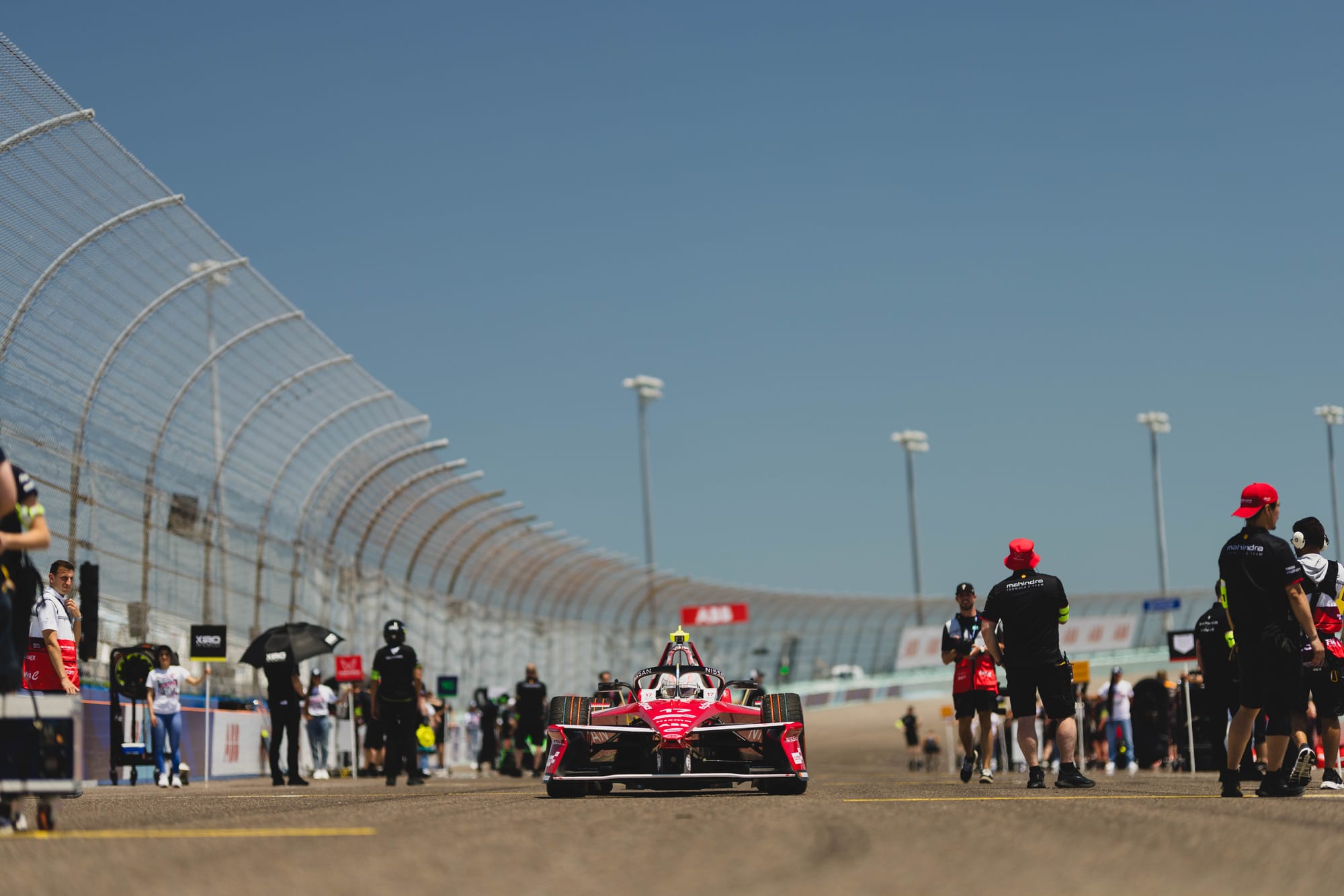
Homestead is a huge venue, one big enough to have a vast elephant in the room, and this one was clear for all to see.
That was the messy end to Saturday's race, triggered by a multi-car shunt and subsequent red flag. This is turn, and the fact there were no added laps, after an earlier brief safety car, meant that several cars were unable to complete mandatory six-minute attack mode activations.
That ensured a 10-second penalty and the quickest cars at the end of the race effectively being ghost cars that would be demoted after the flag.
The only problem was that the crowd at the venue didn't know that. The TV viewers did but either way it was less than a satisfactory way to end a race that purported to show a thrilling grandstand finish between Pascal Wehrlein and Norman Nato, but in reality was simply Wehrlein being cautious, knowing that the cars of threat to him would be penalised.
The sporting rule, article 37.3b, is simple in that it is mandatory for drivers to have used all of their allocated attack mode time before the chequered flag is flown. If you are still at 350kW as you pass it then you will receive a penalty.
A red flag and restart can take place at any time and a restart can be issued for a final lap if need be, so the risk management and jeopardy of leaving a six-minute tranche of attack mode is perilous. At Homestead it did for on the road winner Nato, on the road third place man Robin Frijns, McLaren team-mates Taylor Barnard and Sam Bird, and championship leader Oliver Rowland.
In other series you could feasibly attempt to pull a gap to minimise the impact of your penalty. In Formula E that's not a viable option in such little time.
Though the optics looked bad, the reality is it is a rule that exists and now one that is quickly adapted to be resolved before the podium ceremony, so the fans know as soon as possible who's actually won. That wasn't always the case.
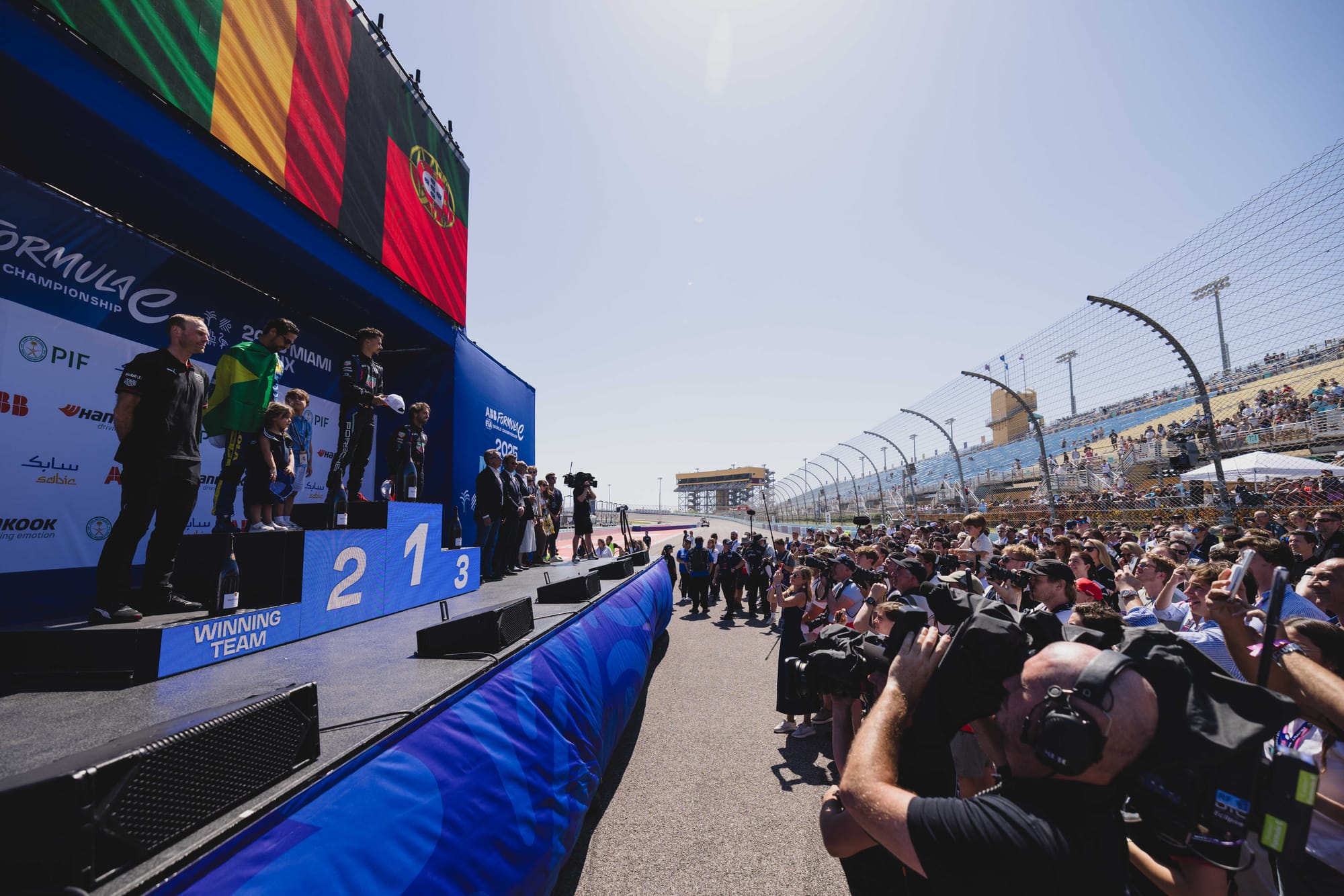
"The positive aspect is that we've learned our lesson from the past and the FIA is able to distribute the penalties very, very quickly. So we have the right guys on the podium, which is the key thing," said Griffiths.
In the past, Griffiths recalled former FIA sporting manager Fred Espinos having to walk up and down the pitlane and retrieve trophies and give them to different people.
Yes, it's confusing a little bit for the fans, but those are the rules. And sometimes when you introduce these more unique elements that Formula E has, if you're not intimately familiar with it, it can be a little confusing.
Consistency in the application of penalties is the most important thing here. But perhaps the FIA may also look at how it could be refined in some way for future rules. Could there be some kind of time tolerance that has more scope for drivers to be penalised less for a race suspension that is not of their making? It feels like something ought to be looked at to accommodate some of these aspects.
Porsche's Florian Modlinger broadly agreed with that appraisal. Having covered off the risk of a race stoppage with the cars he manages (and been compromised because of it: long-time leader Antonio Felix da Costa used all his attack mode before the red flag so was vulnerable afterwards), he was actually in a very good position to offer an opinion.
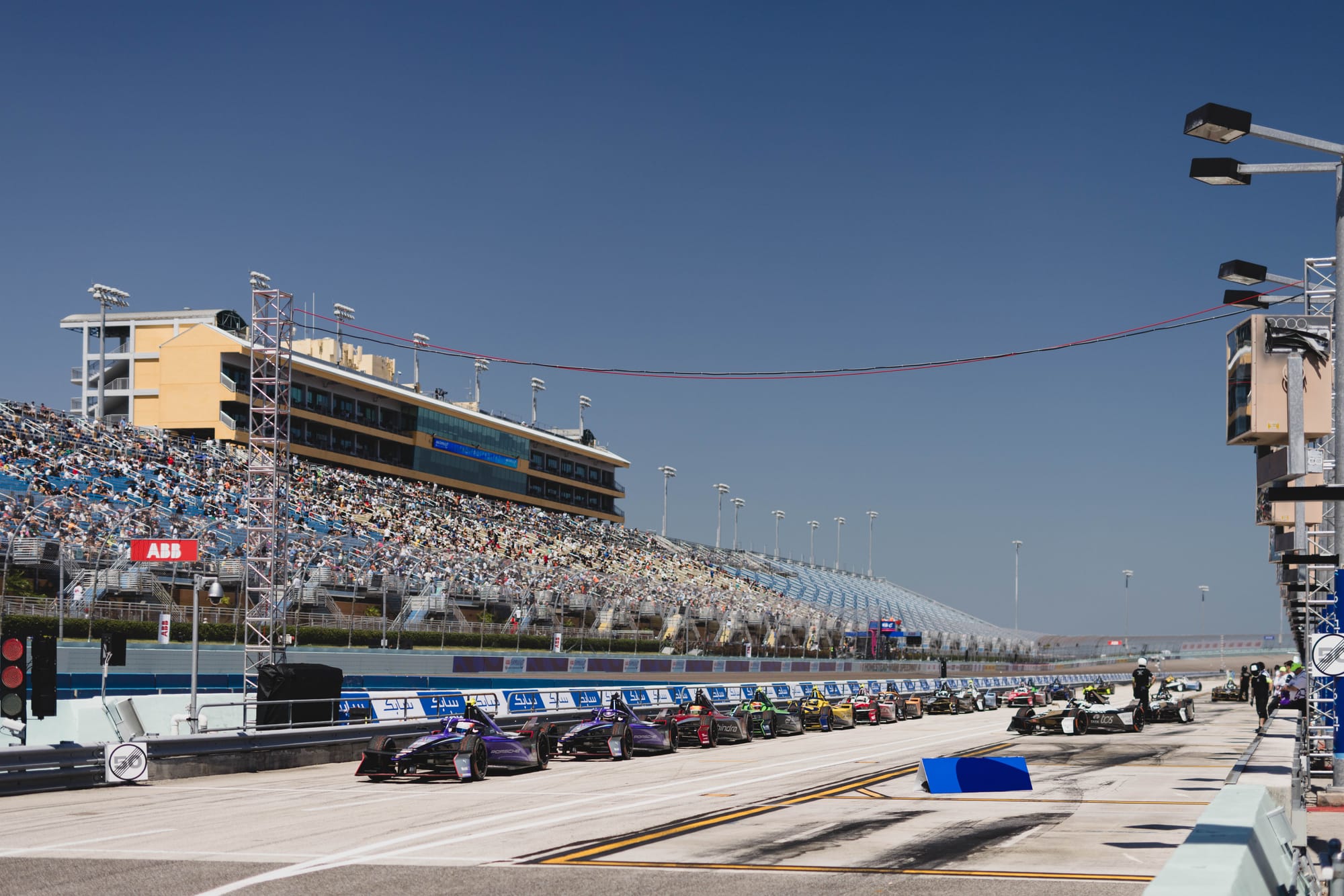
"I do not in general like in motorsport that if you cross in a certain order on the start-finish line, you have to then deny these things and reshuffle it," Modlinger told The Race.
"But we have technical regulations. We have sporting regulations. It's not nice. It's happened several times, but I have to insist that we didn't take Antonio's attack mode out of the blue.
"Because we knew if we take it later we could exactly arrive in this situation [of not having enough time to complete]. The rules are made like this.
"To the outside world it's not nice and difficult to understand for the spectators, I fully agree. There we also need to look if we can improve something. But as the ruleset is written at the moment we were exactly prepared for this."
It felt unsatisfactory but it was a just conclusion to the race in light of how the regulations are written.
Any fallout from it is just another legacy of Formula E having to blend its make-up of being on one hand a disruptive and fresh new strand of the sport, while on the other being in many ways traditional in the sense it has to police the rules in a scrupulous manner.

